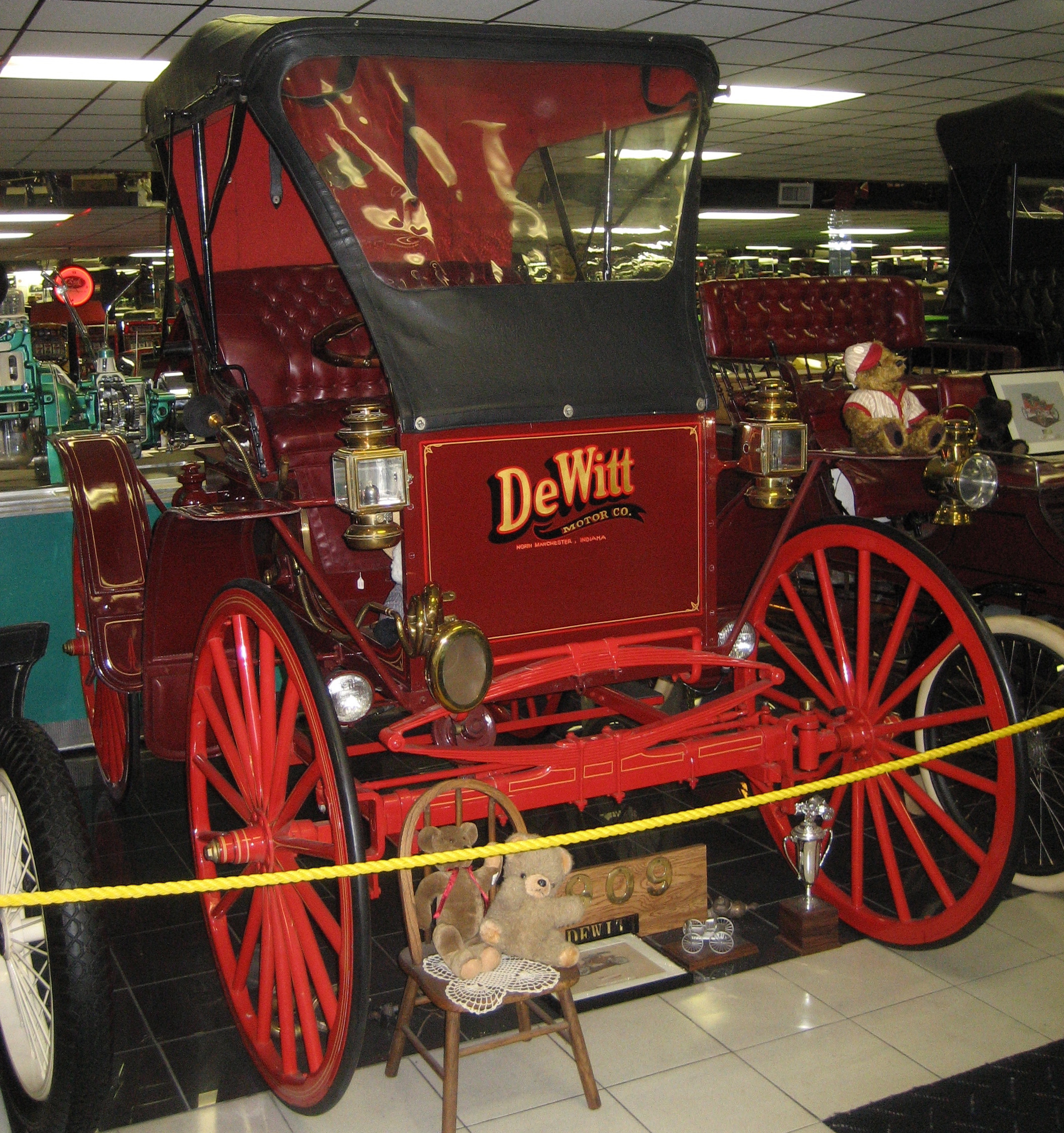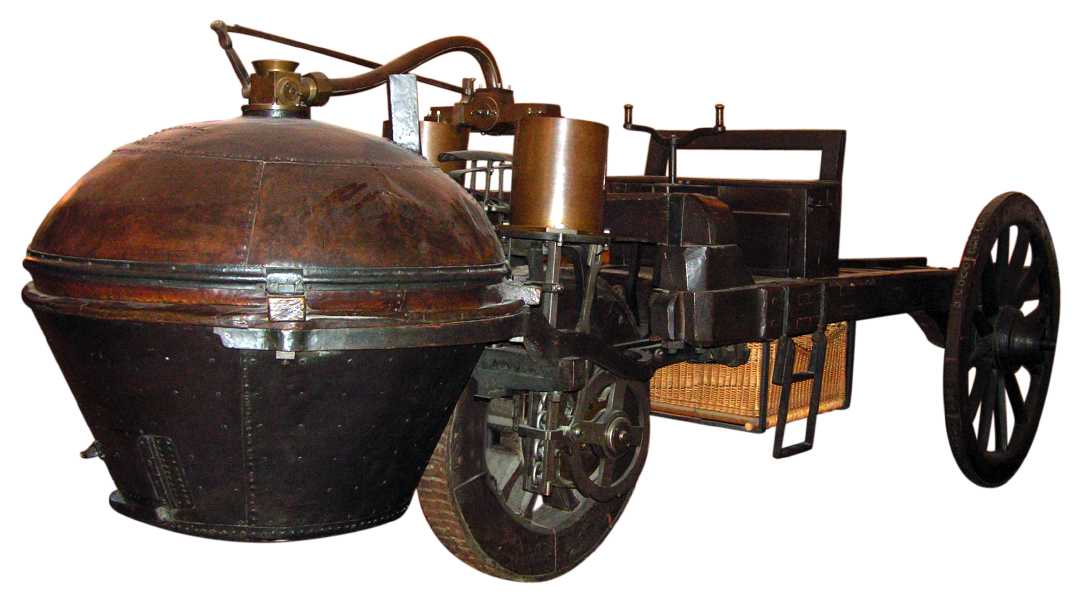|
Ã…tvidaberg (automobile)
The was a Swedish automobile manufactured from 1910 to 1911. began by importing an American Holsman high wheeler and using it as a pattern. The car used a flat-twin engine; its top speed was about . Some of the later engines had four cylinders. The gearbox A transmission (also called a gearbox) is a mechanical device invented by Louis Renault (who founded Renault) which uses a gear set—two or more gears working together—to change the speed, direction of rotation, or torque multiplication/r ... was two-speed, and the entire engine was slid backwards under the frame to engage reverse. 35 cars were planned, of which 12 were built, the rest converted for use in railway inspection. References * Dept of Transportation, Stockholm, Sweden. Defunct motor vehicle manufacturers of Sweden Goods manufactured in Sweden Highwheeler Cars introduced in 1910 Cars discontinued in 1911 1910 establishments in Sweden 1910s disestablishments in Sweden 20th-century establishments ... [...More Info...] [...Related Items...] OR: [Wikipedia] [Google] [Baidu] |
Holsman (automobile)
The Holsman Automobile Company was an early American automobile manufacturer in Chicago, Illinois, between 1901 and 1910. Founded by Henry K. Holsman, the company produced a high wheeler automobile. Display models * 1902 is on display in Half Moon Bay, CA. Owned by James Holsman, a descendent of Henry Holsman. * The Western Development Museum in Moose Jaw, Saskatchewan, has a 1902 Holsman on display. * A 1902 Holsman is on display at the Louwman Museum in The Hague, Netherlands. * A 1902 model is on display at the Island County Historical museum in Coupeville, Washington State, USA. * A 1903 model is on display at the Automovil Club Argentino, Buenos Aires. * A 1903 model is on display at the Henry Ford Museum Detroit, Michigan. *A 1903 model is on display at the Tellus Science Museum near Cartersville, Georgia * A 1904 model is on display at the Manitoba Antique Automobile Museum. * A 1905 model is on display at the Gryf Technical Museum in Dąbrówka, Poland. * A 1907 model ... [...More Info...] [...Related Items...] OR: [Wikipedia] [Google] [Baidu] |
High Wheeler
A high wheeler is a car which uses large diameter wheels that are similar to those used by horse-drawn vehicles. These cars were produced until about 1915, predominantly in the United States. Design High wheelers were derived from horse-drawn wagons, and often were conversions of these. Similarly to these wagons, they often had wood-spoke wheels, suspensions, and boxy wooden bodies. The large-diameter slender wheels provided ample ground clearance on the primitive roads of the late 19th century, and frequently had solid rubber tires. These cars were produced in many body styles. The most common were the motorized wagon (utility vehicle) runabout, roadster and buggy, some with detachable tonneaus. File:International Torpedo - Coupe Florio 2015 01.jpg, International Harvester Auto-Buggy File:1911 International Wagon.JPG, 1911 International Harvester Auto Wagon File:Vintage International Harvester Auto Buggy (5043226321) (cropped).jpg, International Harvester Auto Wago ... [...More Info...] [...Related Items...] OR: [Wikipedia] [Google] [Baidu] |
Flat-twin Engine
A flat-twin engine is a two-cylinder internal combustion engine with the cylinders on opposite sides of the crankshaft. The most common type of flat-twin engine is the boxer-twin engine, where both pistons move inwards and outwards at the same time. The flat-twin design was patented by Karl Benz in 1896 and the first production flat-twin engine was used in the ''Lanchester 8 hp Phaeton'' car released in 1900. The flat-twin engine was used in several other cars since, however a more common usage is in motorcycles; early models oriented the cylinders in line with the frame, however later models switched to the cylinders being perpendicular to the frame to provide even cooling across both cylinders. Flat-twin engines were also used in several aircraft up until the 1930s and in various stationary applications from the 1930s to the 1960s. The Australian lawnmower manufacturer Victa also produced a flat-twin engine push mower from August 1975 to 1980 dubbed the ‘Twin 500’, and lat ... [...More Info...] [...Related Items...] OR: [Wikipedia] [Google] [Baidu] |
Transmission (mechanical Device)
A transmission (also called a gearbox) is a mechanical device invented by Louis Renault (who founded Renault) which uses a gear set—two or more gears working together—to change the speed, direction of rotation, or torque multiplication/reduction in a machine. Transmissions can have a single fixed-gear ratio, multiple distinct gear ratios, or continuously variable ratios. Variable-ratio transmissions are used in all sorts of machinery, especially vehicles. Applications Early uses Early transmissions included the right-angle drives and other gearing in windmills, horse-powered devices, and steam-powered devices. Applications of these devices included pumps, mills and hoists. Bicycles Bicycles traditionally have used hub gear or Derailleur gear transmissions, but there are other more recent design innovations. Automobiles Since the torque and power output of an internal combustion engine (ICE) varies with its rpm, automobiles powered by ICEs require multi ... [...More Info...] [...Related Items...] OR: [Wikipedia] [Google] [Baidu] |
Defunct Motor Vehicle Manufacturers Of Sweden
{{Disambiguation ...
Defunct may refer to: * ''Defunct'' (video game), 2014 * Zombie process or defunct process, in Unix-like operating systems See also * * :Former entities * End-of-life product * Obsolescence Obsolescence is the process of becoming antiquated, out of date, old-fashioned, no longer in general use, or no longer useful, or the condition of being in such a state. When used in a biological sense, it means imperfect or rudimentary when comp ... [...More Info...] [...Related Items...] OR: [Wikipedia] [Google] [Baidu] |
Goods Manufactured In Sweden
In economics, goods are anything that is good, usually in the sense that it provides welfare or utility to someone.Alan V. Deardorff, 2006. ''Terms Of Trade: Glossary of International Economics'', World Scientific. Online version: Deardorffs' Glossary of International Economics"good" an Goods can be contrasted with bads, i.e. things that provide negative value for users, like chores or waste. A bad lowers a consumer's overall welfare. Economics focuses on the study of economic goods, i.e. goods that are scarce; in other words, producing the good requires expending effort or resources. Economic goods contrast with free goods such as air, for which there is an unlimited supply.Samuelson, P. Anthony., Samuelson, W. (1980). Economics. 11th ed. / New York: McGraw-Hill. Goods are the result of the Secondary sector of the economy which involves the transformation of raw materials or intermediate goods into goods. Utility and characteristics of goods The change in utility (pleasure ... [...More Info...] [...Related Items...] OR: [Wikipedia] [Google] [Baidu] |
Highwheeler
A high wheeler is a car which uses large diameter wheels that are similar to those used by horse-drawn vehicles. These cars were produced until about 1915, predominantly in the United States. Design High wheelers were derived from horse-drawn wagons, and often were conversions of these. Similarly to these wagons, they often had wood-spoke wheels, suspensions, and boxy wooden bodies. The large-diameter slender wheels provided ample ground clearance on the primitive roads of the late 19th century, and frequently had solid rubber tires. These cars were produced in many body styles. The most common were the Wagon#Motorized wagons, motorized wagon (utility vehicle) Runabout (car), runabout, Roadster (automobile), roadster and Buggy (automobile), buggy, some with detachable tonneaus. File:International Torpedo - Coupe Florio 2015 01.jpg, International Harvester Auto-Buggy#Auto Buggy, International Harvester Auto-Buggy File:1911 International Wagon.JPG, 1911 International Harveste ... [...More Info...] [...Related Items...] OR: [Wikipedia] [Google] [Baidu] |
Cars Introduced In 1910
A car, or an automobile, is a motor vehicle with wheels. Most definitions of cars state that they run primarily on roads, Car seat, seat one to eight people, have four wheels, and mainly transport private transport#Personal transport, people rather than cargo. There are around one billion cars in use worldwide. The French inventor Nicolas-Joseph Cugnot built the first steam-powered road vehicle in 1769, while the Swiss inventor François Isaac de Rivaz designed and constructed the first internal combustion-powered automobile in 1808. The modern car—a practical, marketable automobile for everyday use—was invented in 1886, when the German inventor Carl Benz patented his Benz Patent-Motorwagen. Commercial cars became widely available during the 20th century. The 1901 Oldsmobile Curved Dash and the 1908 Ford Model T, both American cars, are widely considered the first mass-produced and mass-affordable cars, respectively. Cars were rapidly adopted in the US, where they replac ... [...More Info...] [...Related Items...] OR: [Wikipedia] [Google] [Baidu] |
Cars Discontinued In 1911
A car, or an automobile, is a motor vehicle with wheels. Most definitions of cars state that they run primarily on roads, seat one to eight people, have four wheels, and mainly transport people rather than cargo. There are around one billion cars in use worldwide. The French inventor Nicolas-Joseph Cugnot built the first steam-powered road vehicle in 1769, while the Swiss inventor François Isaac de Rivaz designed and constructed the first internal combustion-powered automobile in 1808. The modern car—a practical, marketable automobile for everyday use—was invented in 1886, when the German inventor Carl Benz patented his Benz Patent-Motorwagen. Commercial cars became widely available during the 20th century. The 1901 Oldsmobile Curved Dash and the 1908 Ford Model T, both American cars, are widely considered the first mass-produced and mass-affordable cars, respectively. Cars were rapidly adopted in the US, where they replaced horse-drawn carriages. In Europe and other pa ... [...More Info...] [...Related Items...] OR: [Wikipedia] [Google] [Baidu] |
1910 Establishments In Sweden
Year 191 ( CXCI) was a common year starting on Friday of the Julian calendar. At the time, it was known as the Year of the Consulship of Apronianus and Bradua (or, less frequently, year 944 ''Ab urbe condita''). The denomination 191 for this year has been used since the early medieval period, when the Anno Domini calendar era became the prevalent method in Europe for naming years. Events By place Parthia * King Vologases IV of Parthia dies after a 44-year reign, and is succeeded by his son Vologases V. China * A coalition of Chinese warlords from the east of Hangu Pass launches a punitive campaign against the warlord Dong Zhuo, who seized control of the central government in 189, and held the figurehead Emperor Xian hostage. After suffering some defeats against the coalition forces, Dong Zhuo forcefully relocates the imperial capital from Luoyang to Chang'an. Before leaving, Dong Zhuo orders his troops to loot the tombs of the Han emperors, and then destroy Luoyang ... [...More Info...] [...Related Items...] OR: [Wikipedia] [Google] [Baidu] |




